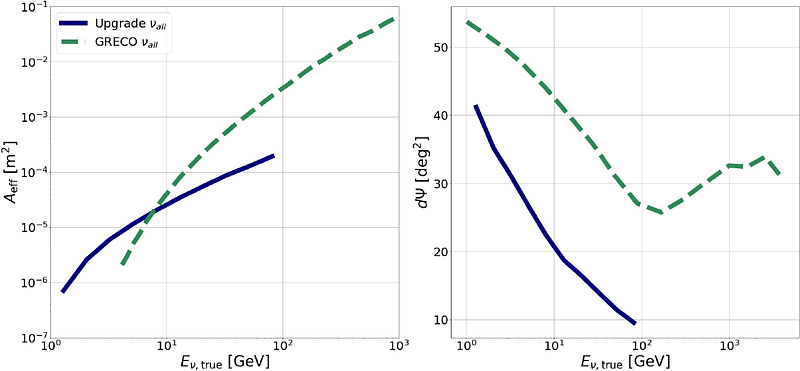Prospects for Observing Astrophysical Transients with GeV Neutrinos

Prospects for Observing Astrophysical Transients with GeV Neutrinos
Angelina Partenheimer, Jessie Thwaites, Ke Fang, Justin Vandenbroucke, Brian D. Metzger
AbstractAlthough Cherenkov detectors of high-energy neutrinos in ice and water are often optimized to detect TeV-PeV neutrinos, they may also be sensitive to transient neutrino sources in the 1-100~GeV energy range. A wide variety of transient sources have been predicted to emit GeV neutrinos. In light of the upcoming IceCube-Upgrade, which will extend the IceCube detector's sensitivity down to a few GeV, as well as improve its angular resolution, we survey a variety of transient source models and compare their predicted neutrino fluences to detector sensitivities, in particular those of IceCube-DeepCore and the IceCube Upgrade. We consider the ranges of neutrino fluence from transients powered by non-relativistic shocks, such as novae, supernovae, fast blue optical transients, and tidal disruption events. We also consider fast radio bursts and relativistic outflows of high- and low-luminosity gamma-ray bursts. Our study sheds light on the prospects of observing GeV transients with existing and upcoming neutrino facilities.